The Evolving Employee Value Proposition – Part 1: Employee Attraction, Retention and Attrition
With Australia’s employment market remaining exceptionally buoyant, employers are feeling the pressure to attract and retain top talent by revamping their Employee Value Proposition (EVP).
We are currently experiencing the lowest unemployment rate in Australia’s history at 3.4%. That is due in no small part to two years of limited migration of skilled workers and those coming in on Working Holiday Visas.
This shortage of highly-skilled staff has greatly benefitted employees, putting stronger negotiating power into their hands. Demand from employers is continuing to outstrip the supply of quality candidates across a range of roles in financial services. Ongoing growth in the industry, coupled with closed borders curtailing the inflow of talent has created a candidate-driven market.
So, what can organisations do to establish themselves as an employer of choice? In this blog, the first in our series around EVP, we explore different candidate attraction and retention strategies that will help financial services businesses stand out from the crowd.
What Do Employees Want?
With the unemployment rates at their current levels, there is a wealth of choices out there for candidates. This precarious position means businesses must retain their current staff while also competing for the shallow pool of candidates in the market.
We are also seeing counter offers at an all-time high, with employers pulling out all their cards to retain staff. Below we’ve outlined some of the top attraction and retention options to consider.
Hybrid and Flexible Working Arrangements
Flexibility is a key driver for candidates and it’s important for organisations to be aware that one size doesn’t fit all. Just providing the ability to log in remotely is no longer enough, it’s about offering true flexibility. For some it may mean being able to do the school pick up and drop off, others carving out time to exercise while some will want to log off, go for a surf and then log back in the evening.
The dissolution of the “standard work hours” means balancing operational delivery around the needs of the business, the team and the employee. Considerations need to be made around where people do their best work but also when they do their best work. For businesses, the challenge becomes finding a schedule that helps them do their best work while still meeting business needs and delivery. Honest and transparent conversations between management and staff is critical.
Come to Work for Purpose
Bringing employees together as a team once a fortnight offers the opportunity for collaboration and innovation. Team meeting days, celebrations of colleague birthdays or other milestones can all serve as excellent team building and bonding events.
Without a specific reason or purpose to come to the office, employees are reluctant to continue commuting especially when task-based work could be done independently and quietly without distraction from home.
Wellbeing and Work-Life Balance
With an increase in headhunting equating to higher attrition rates, employers have aimed to create flexibility and wellbeing programs to keep staff healthier and happier. As a result, employees are better able to meet the demands of their role, over time creating a more sustainable and therefore longer lasting career tenure.
One of our largest insurance clients had kitted out a new fitness facility in their offices only days before the first lockdowns began in Melbourne. It was to be free for all staff. They quickly switched to offering online personal training classes two to three times a week instead, which turned out to be a double benefit of providing a team-building activity as well. Later, that benefit was translated into being able to utilise the budget for wellness activities most aligned to their staff’s individual needs.
Career Development
It has always been understood that access to senior leaders in the business accelerates career growth and development. Having clear and concise professional career development pathways available is key to motivating and retaining key staff.
Recognition and Reward
Another key retention strategy is implementing a program where employees are rewarded for not only their operational delivery but also their contribution to company culture.
A candidate we placed recently at a large industry super fund has won two CEO awards for living their organisation’s values. After coming from an organisation where her work ethic and contribution to the team were overlooked, the candidate now feels invigorated. Being part of a culture that recognises and rewards what she brings to the team both holistically and individually has further established a culture of collaboration and teamwork.
Extra Holiday Leave and Time Off for Spiritual Holidays or Volunteering
As state and international borders have opened, employees are now looking to use all of their banked holidays. This arrangement is mutually beneficial by reducing the risk of staff carrying too many days forward in the new financial year. It also offers employees the chance to use precious holiday time at a point more convenient for them.
We’ve seen many businesses increasingly gift employees an extra week of holiday time over the Christmas and New Year period. This supports employees who are forced to take leave over a holiday shut down or have little choice with children on school holidays. Other employers have created policies that give employees one to three additional days of leave a year to volunteer or observe spiritual/cultural holidays.
Other EVP Offerings
We’ve seen an increase in allowances to pay for setting up home offices, offering meal kits to alleviate cooking chores and reward schemes such as ordering boxes from high-end food delivery services such as Providoor to celebrate an employee birthday or milestones.
We’ve also seen employers put in place monthly lunches to celebrate staff birthdays or provide a day off for your birthday. Team-based events held virtually to maintain connectivity and interaction with colleagues such as team trivia nights, gin tastings or escape rooms have also been implemented to increase employee engagement and satisfaction.
Mental Health Support
Now seen as standard industry practice and a basic requirement from most jobseekers, mental health support is still high on EVP offerings. In fact, we have seen candidates less likely to accept a role if they think the support may not be there for them in the future.
Learning and Development Budgets
Memberships to industry bodies like CFA Society, Women in Super and FINSIA to name a few are popular offerings for staff within many financial services firms. Paying for the completion of further study such as an MBA, upgrading financial planning degrees or FASEA accreditation can ensure Advisors will remain in the business for years to come. Additionally, many of our clients are currently providing extra study and exam leave to give employees the space and time to excel in their studies ultimately building a more qualified and educated workforce.
Condensed Work Weeks
While we may not have seen this implemented yet amongst many of our clients, we have had feedback on condensed working hours from executives and senior stakeholders in businesses. For example, one global fund manager has a “No Meeting Mondays” policy to free up their leader’s diaries and allow them to focus on critical tasks.
Summary
When developing your EVP strategy, we recommend engaging your current staff to ensure any solutions are based on the needs of your current and prospective workforce. With today’s talent shortages in the financial services job market, a well-placed and relevant benefit could be the difference between you and your competitor.
If you’d like to speak to one of our specialist recruitment team about fine-tuning your EVP and competitive advantage, contact us today.













